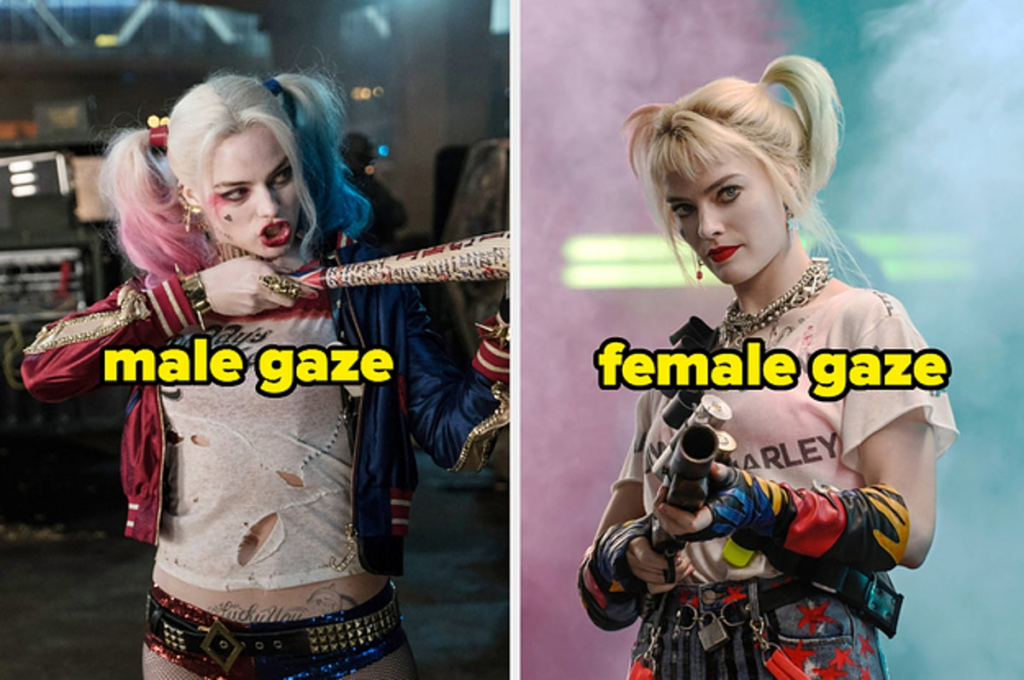Book 3
Donnenberg, Wilbirg: Frauen und Wahnsinn im Film. Filmschau 17. Bis 30. April 1998; Symposion 18. Und 19. April 1998. Wien: Sixpack 1998
Overview:
The book Frauen und Wahnsinn im Film (Women and Madness in Film), written by Wilbirg Donnenberg, was part of a symposium held in April 1998 in Vienna. The text explores the representation of women and madness in film, addressing how mental illness and psychological distress are portrayed, particularly in relation to female characters.
Questions:
- How does Donnenberg analyze the portrayal of women and madness in film?
- How does the book connect representations of madness to broader social and cultural issues, particularly gender?
- Does the book offer any critical perspective on the historical treatment of women in cinema, especially in relation to mental health?
- Is there an intersectional approach in the analysis of women and madness in these films?
Read:
Donnenberg provides an insightful exploration of the portrayal of women in a psychological or mentally disturbed state in cinema. She examines films from various periods and genres, considering how mental illness is framed within gendered narratives. She critiques the way women’s mental health issues are often depicted in a sensationalized or stereotypical manner, sometimes reinforcing negative cultural perceptions of women’s psychological experiences.
The book also delves into the socio-cultural implications of portraying women in this way. The selection of films referenced in the text includes both famous and obscure titles. While these films vary in style and genre, the common thread is how they use mental illness as a lens through which to examine women’s roles in society.
Recite:
Donnenberg’s analysis emphasizes that the portrayal of women and madness in film is not just a question of individual psychological pathology, but also a reflection of cultural and societal anxieties about women’s roles.
The book provides an in-depth look at how these portrayals have evolved over time, from early film depictions of women as the ‘madwoman in the attic’ to more contemporary portrayals that engage with themes of agency and self-determination. Donnenberg’s critical eye is also focused on how feminist theory has influenced and challenged these portrayals.
Review:
The text is logically structured, moving from an analysis of early film representations of women and madness to more recent developments in cinema. The book’s structure is straightforward, with a clear division between the theoretical discussion and film examples. However, the book could benefit from a more explicit discussion of its theoretical framework. Her insights are valuable, particularly for those interested in the intersection of gender, mental illness, and film. However, the text could have delved deeper into the socio-cultural impact of these representations, particularly in the context of modern feminist discourse. The style of writing is academic and critical, suitable for a scholarly audience, but might be inaccessible to readers without a background in film theory or feminist studies. It’s filled with a lot of analysis.
Wilbirg Donnenberg is an expert in the field of film studies, particularly in the areas of gender, representation, and the intersection of mental illness and cinema. Her academic background and focus on feminist theory suggest a deep understanding of how films portray gender and mental health. However, her expertise might be more specifically rooted in feminist film criticism and the portrayal of women in cinema rather than in a broader spectrum of film theory.
The structure of Wilbirg Donnenberg’s text, „Frauen und Wahnsinn im Film,“ appears to follow a scholarly format that emphasizes critical analysis and the exploration of themes related to gender and mental illness in cinema.
The quality of the content is likely high.
In terms of style, it’s formal and analytical, clearly aimed at an academic audience. The language might be overwhelming at times, using specialized terminology from film theory and feminist studies.
Is it useful for me?
This book is not very useful for my research purposes, but still Donnenberg’s analysis is valuable in understanding how societal views on women and mental health are reflected in cinema.

